15 Geometry Activities to Engage Students Across Grade Levels
All Posts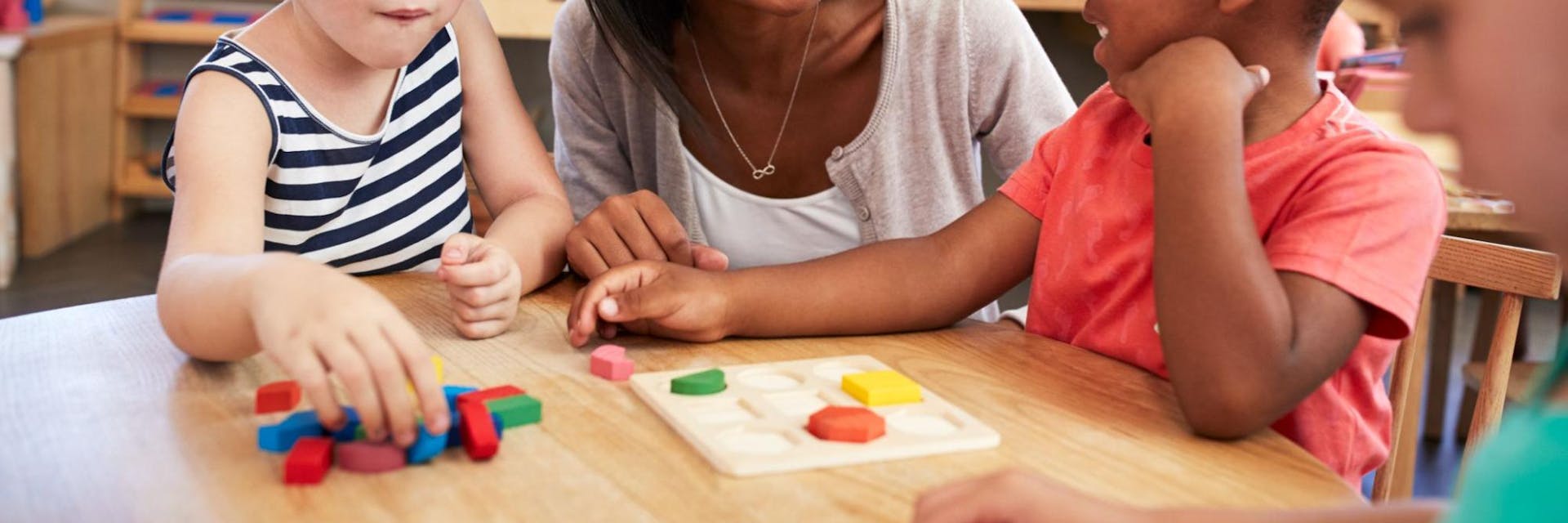
If you look around your classroom, there’s a good chance you can spot geometry everywhere — in squares on the calendar, long hexagonal pencils or rectangular rugs.
Geometry is full of important foundational concepts, but not all students learn best through lectures and endless practice problems. Luckily, it’s easy to connect your geometry lesson plans to real-world applications! Geometry activities can give your students hands-on experience and engage them in the learning process.
Try these 15 fun activities to help you teach geometry and shape your students into curious, excited learners.
Young learners: Try these interactive geometry activities
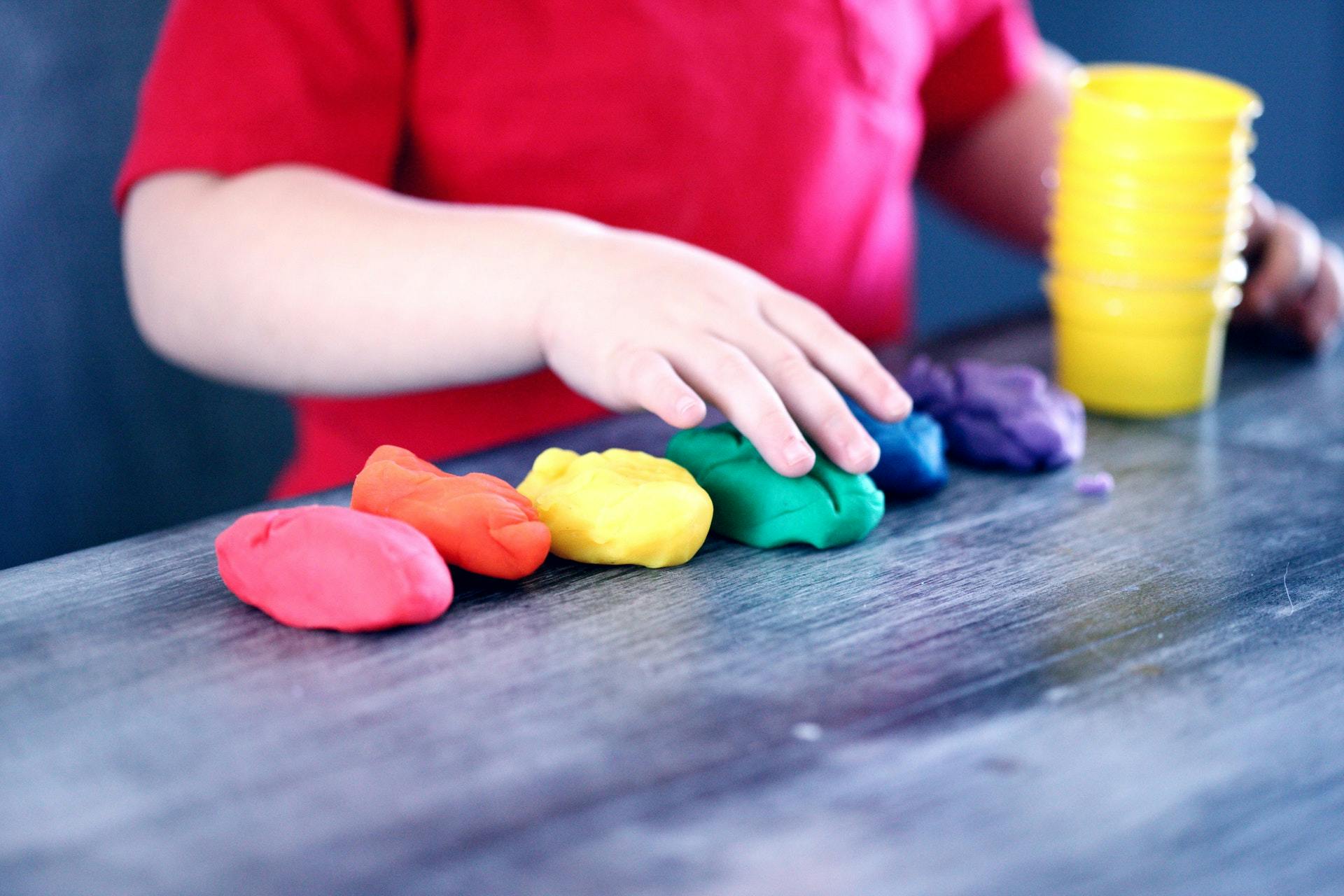
Hands-on activities are a great way to get students introduced to math concepts like shapes and patterns.
These fun activities can help them explore the properties of 2D and 3D shapes in the real world, and give them learning opportunities that provide the foundation for further study.
1. Build 3D shapes with toothpicks and playdough
Provide students with toothpicks and playdough or marshmallows, and challenge them to build 3D shapes like prisms and cubes. It’s a great way for students to understand the properties of 3D shapes in real life!
Plus, students can use this activity to bring 2D shapes to life and understand relevant concepts like vertices, angles and sides.
2. Create 2D shapes with tangrams
Tangram puzzles — originating in China and brought to Europe during the early 19th century through trade routes — use seven flat, geometric shapes to make silhouettes. While Tangrams are usually made out of wood, you can make sets for your class out of colored construction paper or felt.
Tangrams are an excellent tool for learners who enjoy being able to manipulate their work, and can help young learners understand the properties of different shapes. Plus, there are lots of different patterns for students to complete! Give them different patterns and watch how a hexagon, trapezoid and quadrilateral turns into a bunny rabbit, a house or the sun.
3. Make geometric patterns with pattern blocks
For elementary students, part of understanding shapes is understanding geometric patterns, too. Pattern blocks help students make patterns, practice shape rotation and sort different shapes.
Pattern making isn’t just important for geometry — it’s a foundational concept for critical thinking and analysis, and can help students draw connections between different concepts.
4. Solve geometry riddles with LEGO sets
Whether it’s brain teasers or riddles, math puzzles can help students think through tough problems, draw conclusions and deepen their understanding.
LEGO is a great multi-purpose tool for your classroom that can help students develop an understanding of the properties of shapes. Give students descriptions of different 2D or 3D shapes (number of sides, vertices and length of sides) and challenge them to build the correct object!
5. Practice forming shapes using geoboards
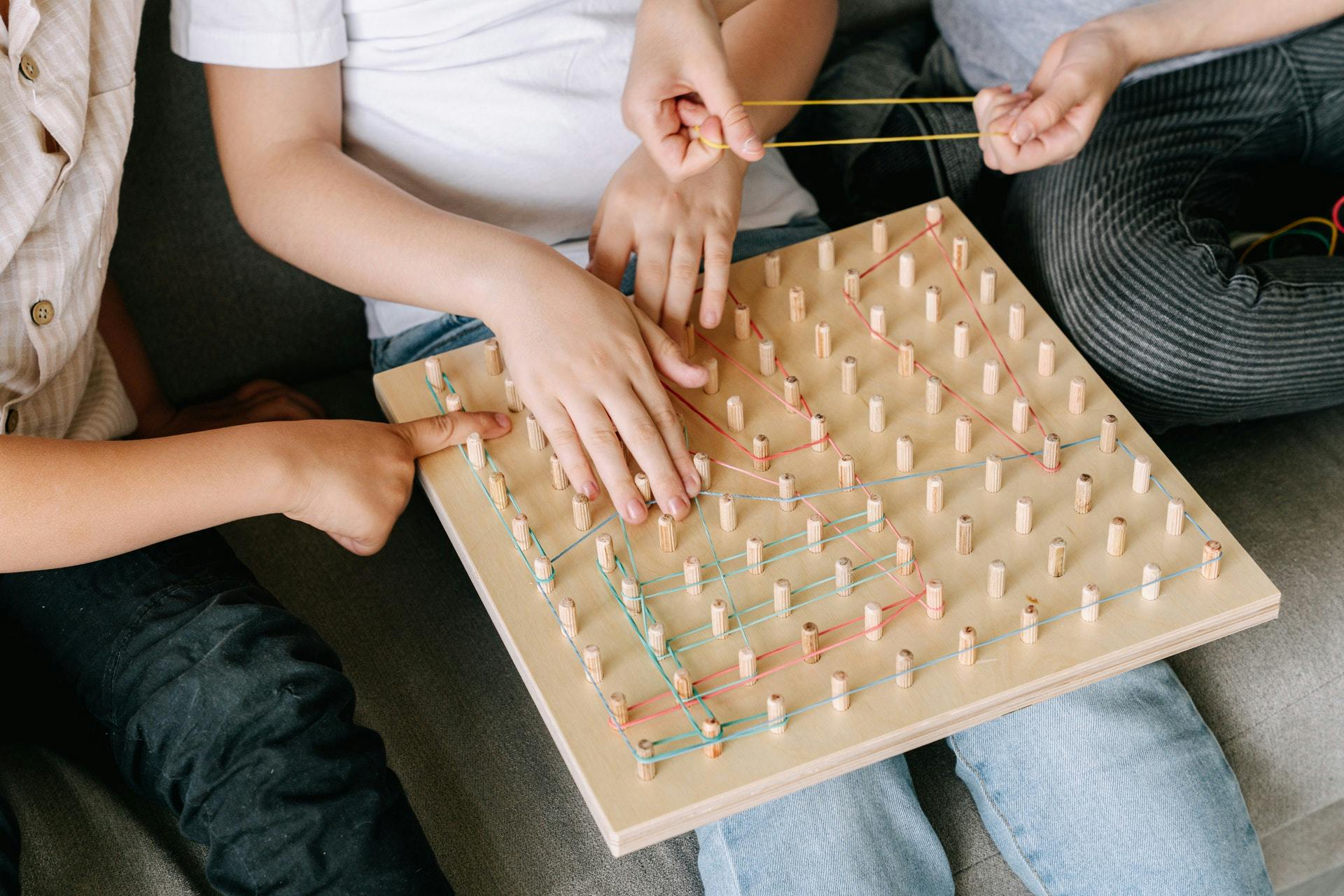
Geoboards are a classic geometry tool that help students make shapes with elastics stretched over pegboards.
Especially great for kinesthetic learners, use geoboards to have students make different shapes, describe their properties and measure them. They can reproduce shapes they’ve learned about, or use it to explore new ones.
Don’t have geoboards in your classroom? No problem! Have students access this digital version on a computer or tablet.
Upper grade levels: Build geometric understanding with a mix of mediums
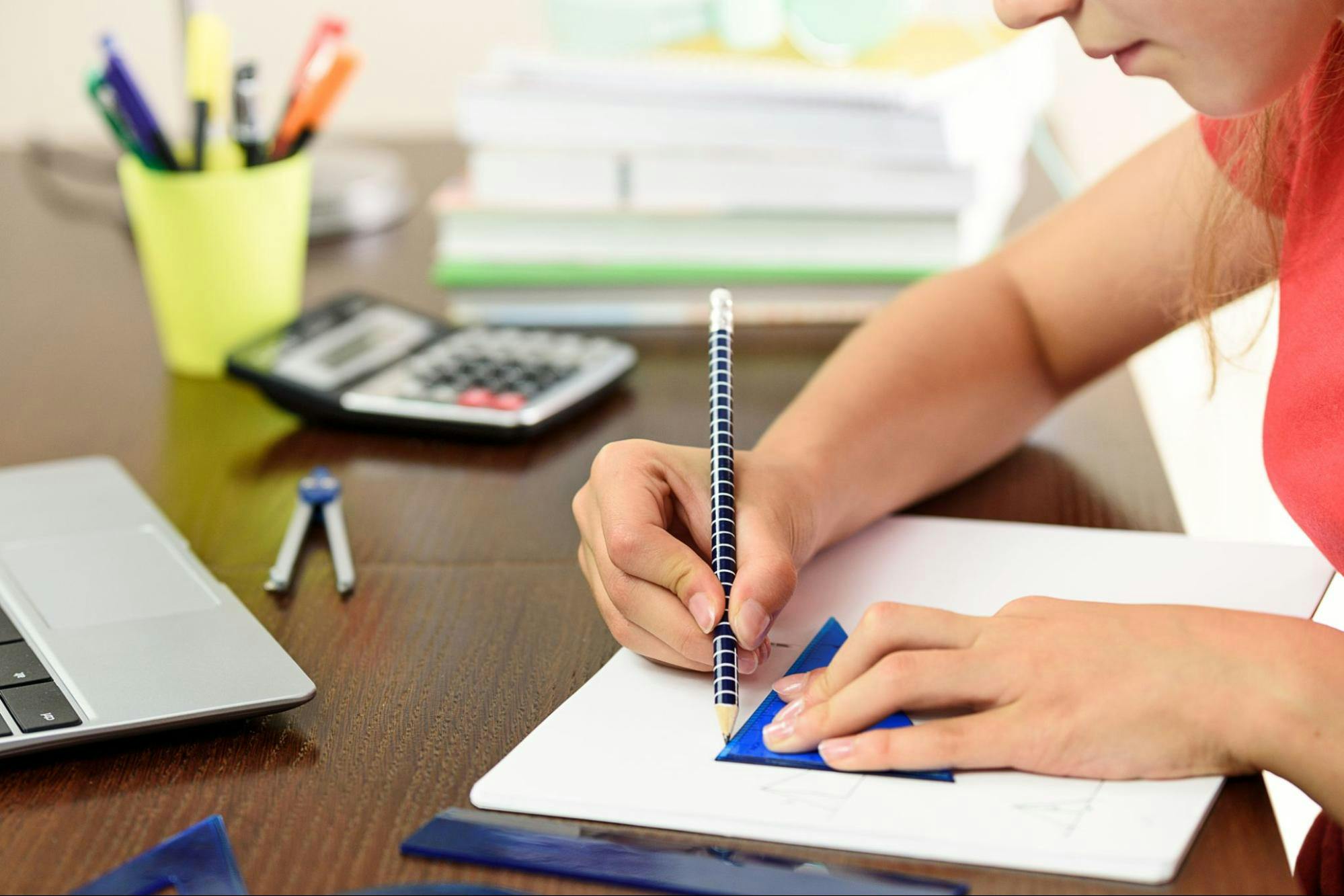
Once students reach upper elementary or middle school, they’ll start learning more about the properties of shapes and not just their appearance.
They’ll start using geometry tools and get to explore more in-depth applications of geometry to real life. Use these activities from 3rd grade to 5th grade to get them started in a fun, collaborative way!
1. Create line segments with geoboards
It might surprise your students to learn that, in math class, a line isn’t just a line. Whether you’re studying perpendicular lines or line segments, use geoboards to display different concepts in a hands-on way.
There are lots of words to know when it comes to geometry, so use the geoboards to reinforce new vocabulary and encourage math talk in your classroom.
2. Draw out geometric ideas with pencil and paper
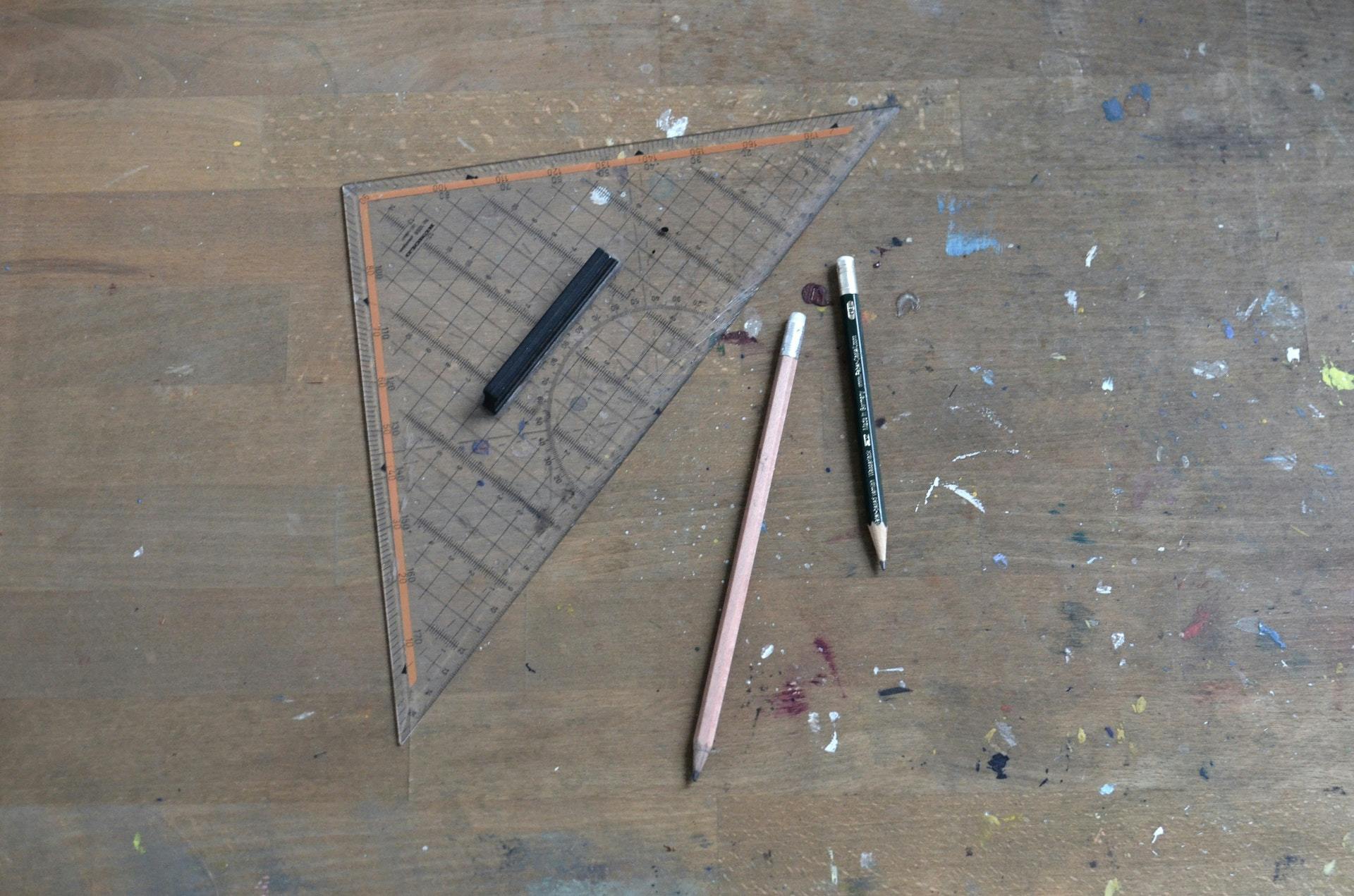
Sometimes writing out new concepts is the best way for students to remember them! All the right angles, vertices and lines of geometry are particularly well-suited to a visual medium.
Every student can practice freehanding their geometric shapes and making visually appealing notes on new concepts. They’ll also get to practice using tools like rulers, compasses and protractors for measuring angles and length.
For extra resources, put up anchor charts in your classroom or challenge students to make their own with fun markers and construction paper.
3. Reinforce in-school lessons with online games
Digital game-based learning combines all the fun of a video game with effective, curriculum-aligned learning outcomes.
Prodigy Math Game makes it easy for you to direct student learning while they play online! Sign up for your free teacher account to send an assessment to students while they explore an engaging fantasy world. Plus, Prodigy takes care of the grading for you!
Other online tools like Geogebra can also help students develop their geometry and computer skills at the same time.
4. Practice geometric concepts with task cards
Task cards help break down more complex ideas and assignments into smaller, manageable chunks. They’re a great way to help students focus on one question at a time without being overwhelmed, whether they’re working:
- With a partner
- In small groups
- Solo during a station rotation
Try these free printable Geometry Task Cards from Teachers Pay Teachers, or make your own for even more customization! Whatever geometry concept students are practicing, there’s a task card for it.
5. Fortify skills with geometry worksheets
The internet is a wonderful tool — especially when it comes to finding geometry worksheets. Just head to your favorite site and print some off as a homework activity or for early finishers.
Use geometry worksheets to have students practice concepts at a level that’s right for them or use Prodigy to send an online assignment they can work on at school or at home.
6. What shape is your land?
In this clever geometry activity, students have to create the shape with the largest surface area from a pre-cut length of string.
Students can use a geoboard, or string and tacks, to make their shape. They’ll have to use formulas they’ve already learned for finding surface area, or they can count squares on grid paper or geoboards.
7. Möbius strip
Is it magic? Is it geometry? Your students will be so amazed they might have a hard time figuring it out. Have them model the problem with strips of paper and see for themselves how this surface-area problem works in real life.
Encourage students to play with their möbius strips and draw lines around them, cut them down the middle, or experiment with different twists to see what happens.
Other ways to inject fun into your geometry unit across grade levels
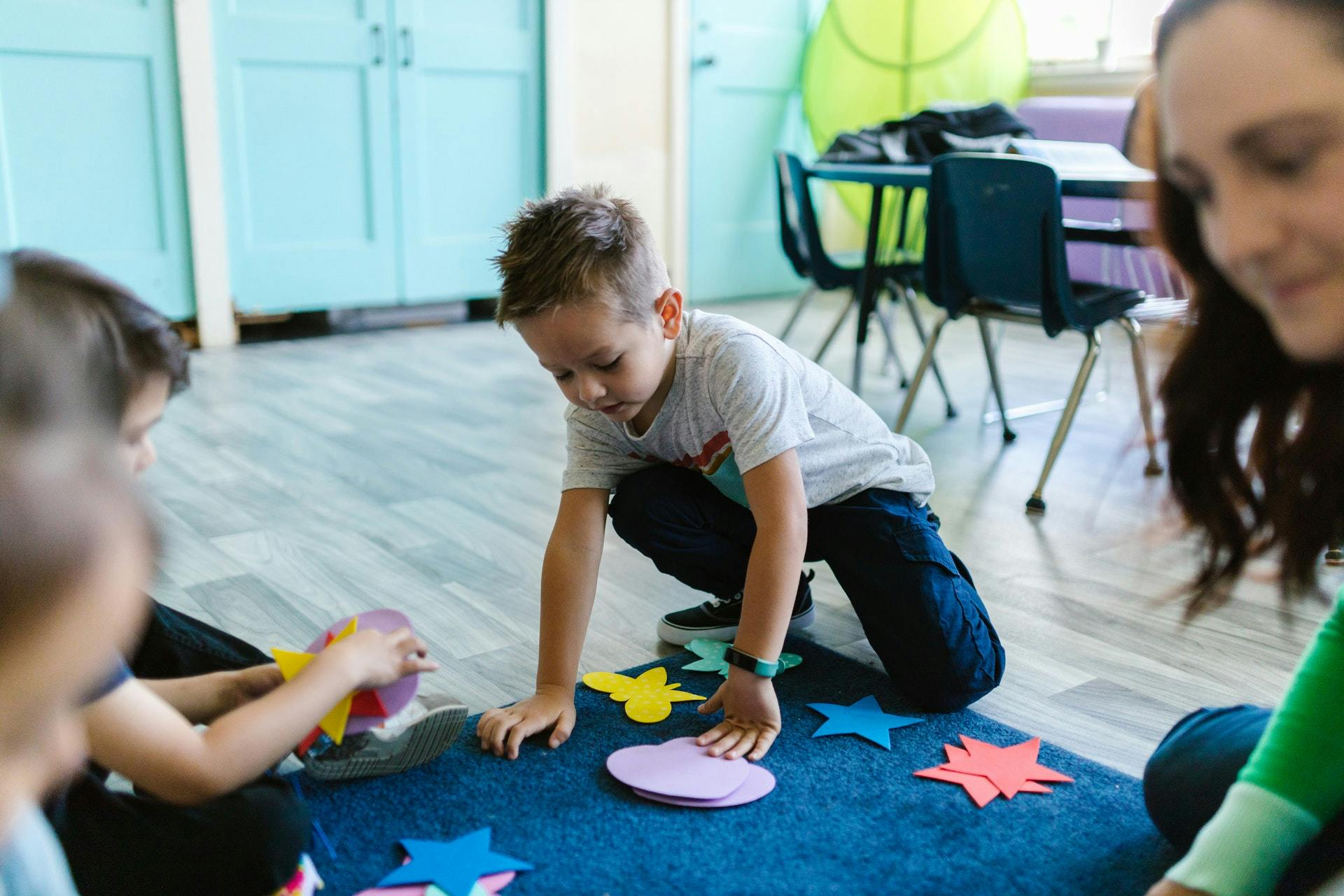
1. Organize a geometry scavenger hunt
Have students search high and low to find different geometric shapes in your classroom. Challenge them to find:
- Eight right angles
- A square-based prism
- The highest number of circles
Or anything else you think they could search for in your classroom!
For more learning, have students calculate the surface area of shapes, record their finds in a math journal and describe their properties independently or in small groups.
2. Play a class-wide game of geometry Jeopardy
Jeopardy is a tried-and-true activity that gets the whole class involved. Use a free template to customize it to whatever you’re learning in class, with different categories for different geometry sub-topics.
Have students identify shapes from pictures, or describe the properties of shapes and have students name them.
3. For younger students, try shape BINGO
For extra matching and shape-identifying, try a classic game of classroom bingo! Print off our BINGO card template and add different shapes to each one.
Either name shapes to help students practice identifying them, or describe the shape and ask for an answer. The first student to get a full row wins!
Help your students get the most from your geometry unit
There’s something for every student in your geometry unit — hands-on practice, real-life applications, and opportunities for engaging classroom games.
Use these 15 activities to reinforce key concepts and keep students excited about the learning process. Soon they’ll be geometry masters!
Join Prodigy Math Game for more ways to deliver fun, curriculum-aligned geometry practice. Your free teacher account includes tools that help you align the questions students answer as they play with what you’re teaching in the classroom! Plus, get student insights and easy differentiation in just a few clicks.



